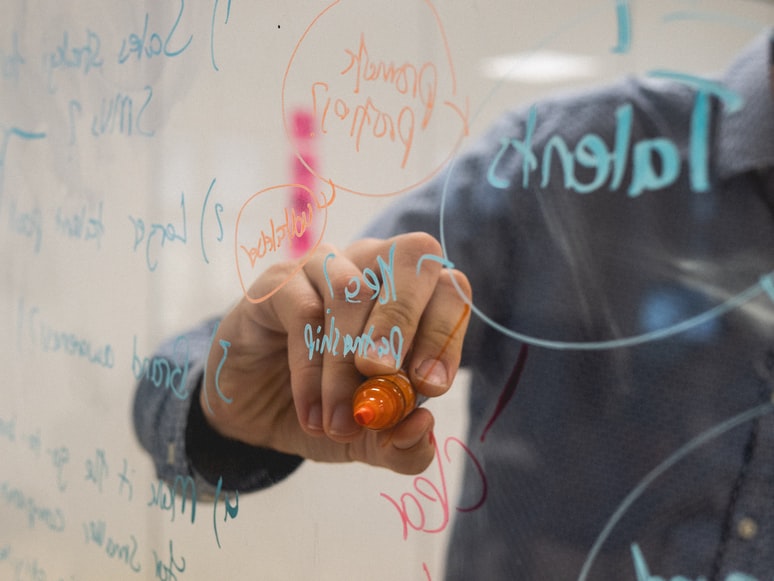Unemployment is one of the most challenging issues faced by many countries in the recent decades, and the battle against it often impacts all areas of social development – from overall welfare, to economic performance and political environment of said country. In recent years, it has come to the attention of decision-makers on the EU level that one of the most ground breaking answers to tackling the problem of unemployment is that of more carefully assessing the importance of social innovation as an instrument for finding new solutions .In the field of social innovation employment concerns both non-economic goals (for example – encouraging social cohesion for vulnerable groups by combating unemployment in an intersectional manner) and economic and business goals (for example – embracing a business philosophy which puts a lower focus on maximizing profit in the short term, but sees the value of social entrepreneurship and innovation in the workplace).
The main instrument put in place by the EU in terms of social innovation is the the Employment and Social Innovation programme or EaSI, which has been in place since 2014. Simply put, it is a financing instrument which tries to encourage and promote sustainable and high-quality employment, social protection, fighting poverty and social exclusion. One additional aspect which is central to the programme is the improvement of working conditions, an area which has a myriad of variables which are to be considered – from safety at the workplace to enhancing work-life balance of employees.

EaSI combines three EU programmes which were previously managed separately: EURES, PROGRESS and Progress Microfinance. Now these three together support the following:
- The modernisation of employment and social policies with the PROGRESS axis (61% of the total budget);
- Job mobility with the EURES axis (18% of the total budget);
- Access to micro-finance and social entrepreneurship with the Microfinance and Social Entrepreneurship axis (21% of the total budget).
For the 2014-2020 financial period the EaSI budget amounted to 919 million, while from 2021 it falls under the European Structural Fund + and has become a strand in the ESF+ framework.
The official objectives of the EaSI are the following:
- Strengthen ownership of EU objectives and coordination of action at EU and national level in the areas of employment, social affairs and inclusion.
- Support the development of adequate social protection systems and labour market policies.
- Modernise EU legislation and ensure its effective application.
- Promote geographical mobility and boost employment opportunities by developing an open labour market.
- Increase the availability and accessibility of microfinance for vulnerable groups and micro-enterprises, and increase access to finance for social enterprises.
It can be argued that EaSI tackles general employment policy objectives along with active participation. So how does it encourage social innovation?
The answer is that through funding it finances and encourages solutions which can be tested in the field, and subsequently evaluated, and potentially implemented on the EU level. Social innovation is a concept which at its core deals with the challenges of youth and NEET categories – which is consequently at the heart of the EaSI programme conception.

The PROGRESS pillar of the EaSI has a focus on what is referred to as “social policy experimentation”- which entails the collecting of data on the practicability oflabour and social innovations which can, in turn, be the base for new policy solutions to social needs, before the implementation of experiments on a larger scale in case of favourable results. Another spectrum through which social innovation is being considered is that of social entrepreneurship – and therefore providing more funding for microfinancing to boost the capacity of small businesses and enterprises, as well as encouraging the reliability of micro-financing and loan providers. The most of these funds have been allocated to individuals with socio-economic difficulties and disadvantaged groups – starting from youth, women, low-skilled labourers and members of minorities.
To conclude, the EaSI is striving to achieve what we might refer to as “inclusive growth”, and therefore a re-structuring of the economic tissue of the EU in a way that ensures that marginalized groups and individuals with lower opportunities can thrive regardless of their circumstances. Innovation has always started from bold endeavours and ideas, and it is crucial that the EU institutions with the help of the civil sector and in collaboration with the private sector try to evade the status quo by trying to create proposals and implement policies which can be beneficial for society overall.

Resources:
https://ec.europa.eu/social/main.jsp?catId=1081&langId=en&moreDocuments=yes






